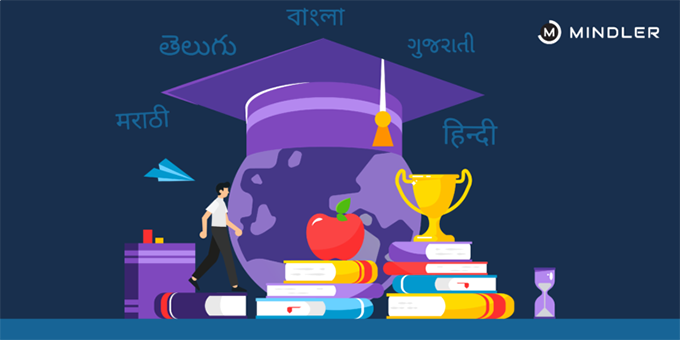
Education has suffered throughout 2020 perhaps the greatest stress test in its history. But until the pandemic was unleashed in all its virulence and educational centers around the world closed, there was time, however, to devote to some issues that were gaining prominence.
At the beginning of the year, the so-called “parental pin” stirred the educational debate. Vox wanted parents to have to expressly authorize the school to give their children any workshop or talk that affected issues of gender identity, LGTBI diversity, feminism or any other type of activity that could be banned.
The pin was applied in Murcia when world.edu published an article entitled The ‘parental pin’: an authoritarian attack on democratic values . He argued that it is in public school where boys and girls of all socio-educational levels can be cared for and can develop with equal opportunities. The measure represented an authoritarian break with the values of democracy.
Before Covid-19 closed schools for six months, we continued our work to showcase scientific research focused on the classroom. What is this about gamification , such a popular concept in many educational settings? It is a very fashionable methodology that consists of the application of characteristic elements of games in non-playful contexts (in this case, within classes and with the aim of learning).
The article What is ‘gamification’ and why its effectiveness in the classroom is not clear argued that this emerging methodology has little scientific evidence to confirm its effectiveness, although studies on the matter are increasing considerably.
And all of a sudden the schools closed
But the virus arrived in March, entered schools, and took over everything. The pin went into the background and the different educational methodologies as well. There were things that began to worry much more than all of the above. The children locked themselves at home. Schools closed. Were we ready for it? Were the teachers? The students themselves? Was there an infrastructure that allowed giving and receiving classes online?
Dozens of researchers began to show us that they were not. On April 10, we already had one of the first conclusions in the article Students without access to distance education: the pandemic brings to light great inequalities .
The confinement made it clear that neither many teachers nor many students were prepared to face online education. The lack of devices in many homes meant that thousands of students did not have a computer to do their work, causing enormous educational inequality.
It was not the only educational inequality that the pandemic brought to light. Personal differences shouldn’t just fit in at school. At those times, also in the family, “forced” to live together, communicate and share experiences for many more hours than usual.
Coexistence in diversity was a challenge to successfully overcome the days we were living in, as this article made clear: Inclusive education (beyond disability) is complicated in times of virus .
We had to go back to class
Confinement became increasingly harsh on the students, and suddenly society as a whole realized that home was not the right place to learn. The students themselves, who were initially delighted with these “holidays”, began to recognize the great social and learning value of the school as a physical place to attend. The article Education ‘online’ versus face-to-face: there is no place like school to learn highlighted the need to return to the classroom.
Online teaching was helping many students, but experts continued to consider that the benefits of face-to-face attendance are irreplaceable, especially in the case of early childhood schools which, in addition to being essential for early education, were essential for the reconciliation of families, much more after confinement.
Research had already shown the importance of school in the emotional, social and motor training of students from 0 to 6 years old. Why it is so important that Kindergarten students go back to school gave the keys to the readers.
The schools reopened
The holidays came without the students having returned to the classrooms, so the month of September, when the course began, was lived in a particularly optimistic way. Of course, with fear and uncertainty. In August, the first doubts had already been raised: COVID-19: How to approach the ‘new education’ if half of the students do not have internet or a computer? Then others arose, such as the difficulty of evaluating students when many of them would attend class in blendedness or perhaps they would spend seasons without going to school due to infections.
The article This will be the complex task of evaluating students during this course gave a series of keys such as distancing as much as possible the grade of their subject from class work.
A new law in the weirdest year
With the return to the classroom came the new education law (LOMLOE), which has just been approved a few days ago after its processing in Congress and the Senate. A new education law for a new normality addressed the goals and challenges that the eighth education law of democracy faced.
A new norm was born almost coinciding with the return to the classroom. We will begin to see the real reforms and the effective changes that this will bring to schools in a few months.
The effects of confinement and pandemic classes will also be seen in the effects of learning on students. The vaccine will likely return all students to class normally. That alone will already be one of the best news for next year.
